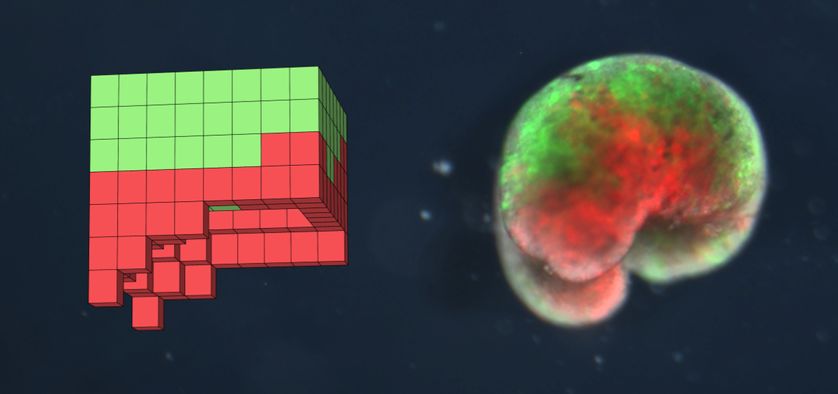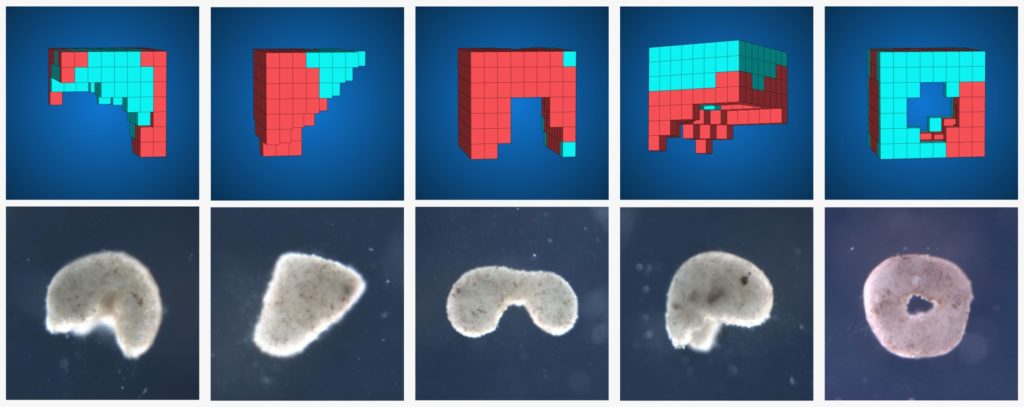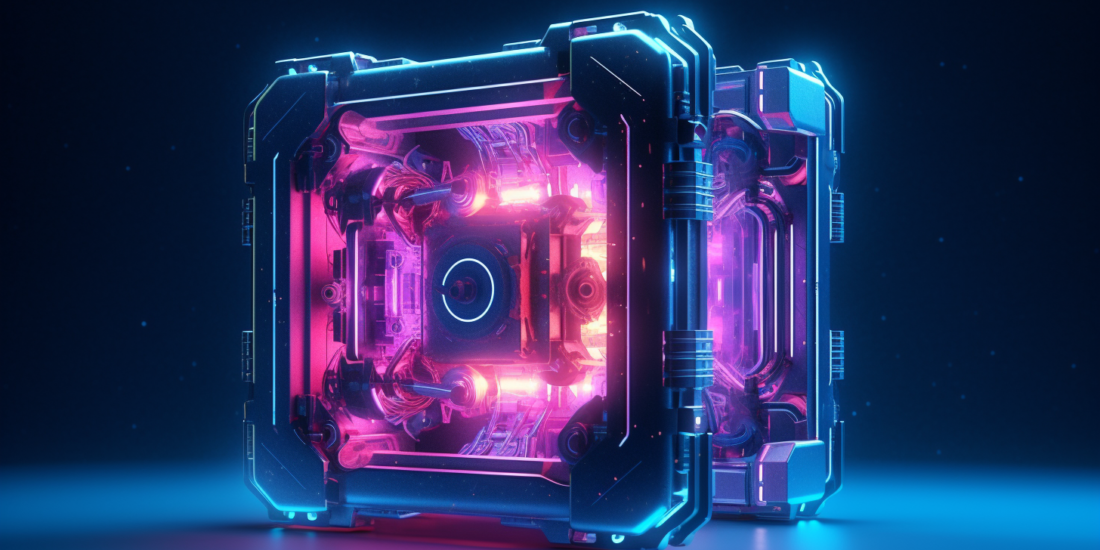
Robots can now reproduce and it’s extremely interesting
Waking up in the morning to have your robot assistant waiting outside your door with the day’s newspaper and breakfast sounds cool, doesn’t it? And if it were to have your place nice and clean when you come back from work, life would have been so much easier, don’t you think?
That may well happen but robotic research has taken a huge leap over these possibilities and the talk in Robot town is about robots capable of reproduction! What’s more, unlike fully capable helper robots, these reproducing robots are very much a reality!
In January of last year, a team of researchers from the University of Vermont published a paper about having successfully produced Xenobots, the world’s first living robot. Incredibly microscopic, they were made out of frog stem cells of African clawed frogs, and capable of healing themselves. Their capabilities also included walking, swimming and working together in teams.
And if you are wondering how a modified cell from a frog that looks like a tiny piece of flesh can be a robot, the University of Vermont press release for it has answered it for you.
“These are novel living machines”, says Josh Bongard, lead author of the paper. “They are neither a traditional robot nor a known species of animal. It is a new class of artefact: a living, programmable organism.”
According to the paper, the production of Xenobots was made possible by incubating isolated stem cells from the African clawed frog’s embryo. These cells were later cut and reshaped into different “body forms” with the help of a supercomputer.
The fact that no manipulation of genes was involved whatsoever makes it a completely biological organism. Even so, reproduction was not discussed as a complete possibility initially. But that has changed in the one year since, and we may just have the world’s first artificially made entity capable of reproduction!
Reproducing Robots

While the possibilities of such an invention are exciting, reproduction in Xenobots has taken that excitement to another level. As with any breakthrough achieved by the scientific method, all possibilities of such an organism were discussed including reproduction. But it was seen as a vague possibility.
Later, the researchers found that the cells were capable of reproduction under very specific conditions. Encouraged by this, they altered the environment and shape of cells using a supercomputer to find the optimum condition for reproduction.
After much trial, a C shape reminiscent of the 1980-s video game Pac man was found to be perfect for the Xenobot to reproduce. The researchers found that the cell sucked other cells into its mouth in this shape and formed into an entirely new cell in this shape. This method of reproduction, known as Kinetic replication, occurs in very tiny organisms.
Imagine a frog cell learning that on its own! Mind-blowing, isn’t it?
What About Those Evil Robots We Have Seen on TV?

The fears and concerns about the extend of use of such advanced, efficient machinery is always relevant. Using cutting edge technology to bring harm is very much a possibility and hence strict ethical, logical and legal measures need to be implemented in using them.
But how do you control such an advanced organism with reproducing and self-healing capabilities?
What makes Xenobots robots, according to Bongard is “not so much what a robot is made from but what it does, which is act on its own on behalf of people.” While programing an organism for this might sound ridiculous, the research team believes that they have found a solution to this.
Instead of conventional coding, they believe that the shape of the organism is key to making it function.
“The shape is, in essence, the program. The shape influences how the Xenobots behave to amplify this incredibly surprising process.” Bongard says.
And if that is indeed the case, the possibilities are limitless. From microscopic waste removal to entire cell groups and organs, this amazing combination of Nuclear Biology and Artificial Intelligence has much to give. So if a comprehensive cure to Cancer is found in the near future and you hear frog cells were central to that, you should not be surprised!





